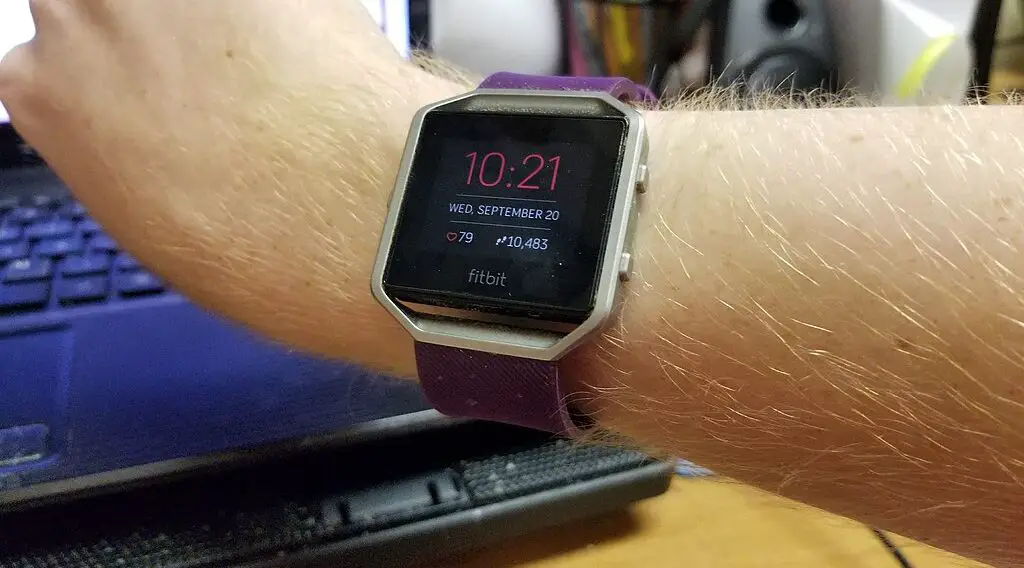In this comprehensive guide, we’ll cover each step to fully understand and make the most out of the Fitbit time to get moving feature.

Understanding the Fitbit Time to Get Moving Feature
The Fitbit time to get moving function is a built-in feature in most Fitbit models aimed to enhance your physical well-being. It primarily focuses on combating long periods of inactivity which can lead to various health issues like obesity, heart diseases, and lower back pain. The feature works by tracking your movements and sending you timely reminders to encourage physical activity.
It’s designed to be your automated fitness advisor. You’ll receive alerts either through slight vibrations or visual notifications on your Fitbit’s screen. The idea is that these reminders act as motivators, urging you to take some time to stand up, walk around, or engage in brief exercise routines.
Activating the Fitbit Time to Get Moving Feature
To benefit from this feature, you need to turn it on first.
Begin by opening the Fitbit app on your smartphone. If you’re not already logged in, input your credentials to access the dashboard. Locate the ‘Settings’ option usually represented by a gear icon and click on it.
Inside the Settings menu, scroll down to find the “Reminders to Move” choice. Tapping on this will open a new window where you can activate the feature by toggling the switch.
Once activated, a plethora of customization options will become available to you. These include setting the intervals at which you’d like reminders and specifying which hours of the day you want these reminders to be active.
For example, you can set reminders for every hour between 9 a.m. and 5 p.m. when you’re typically at work and may forget to move around.
How Does It Work?
After the initial setup, your Fitbit device begins to monitor your physical inactivity based on the parameters you’ve set. If you remain inactive for the preset duration, your device will send out a reminder to move.
This is accomplished by sensors in the Fitbit that monitor your activity levels. When you’ve been inactive for too long, these sensors trigger the reminder.
The reminder is usually a gentle vibration felt on your wrist, or a message that appears on your device’s screen, depending on your settings. It’s worth noting that the reminders are more effective when the Fitbit is worn snugly on your wrist, as loose wear can result in false readings. Multiple reminders may be sent if you fail to act upon the initial alert, adding an extra layer of encouragement.
Setting Up Personalized Goals
Fitbit offers a level of personalization by allowing you to connect your reminders with specific activity goals. Inside the Fitbit app, go to the ‘Goals’ section. Here you can specify what kind of physical activity you wish to engage in when the “Time to Get Moving” reminder is activated. You can opt for goals like taking 250 steps, burning 50 calories, or even standing for five minutes.
This customized approach adds a level of commitment and accountability. When the reminder activates, you’re not just nudged to move but also guided toward a specific, attainable goal. This makes the feature more effective and your fitness journey more purposeful.
Monitoring Progress
Consistent monitoring is key to maximizing the benefits of the “Time to Get Moving” feature. Fitbit makes this incredibly simple with its robust analytics.
Navigate to the ‘Dashboard’ of the Fitbit app, then locate the ‘Activity’ tab. Under this tab, you’ll see metrics that display your activity levels, including instances when you’ve responded to the movement reminders.
The data is presented in easy-to-understand formats such as graphs and charts, displaying daily, weekly, and monthly trends. This comprehensive view allows you to understand your patterns, evaluate your progress, and adjust your activities or goals accordingly for future improvement.
